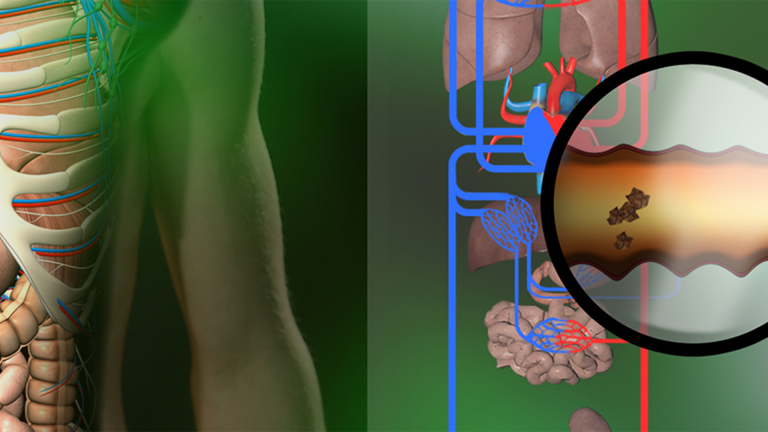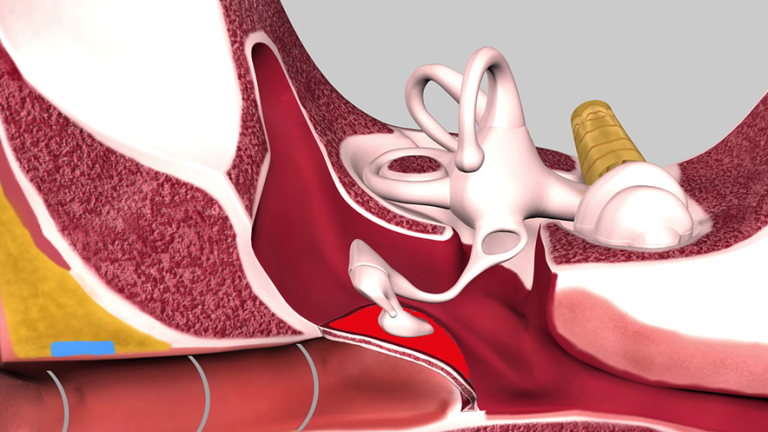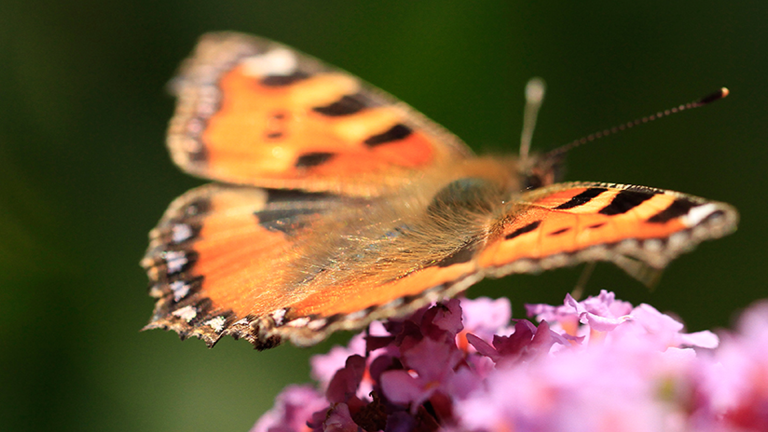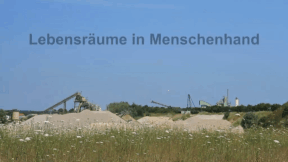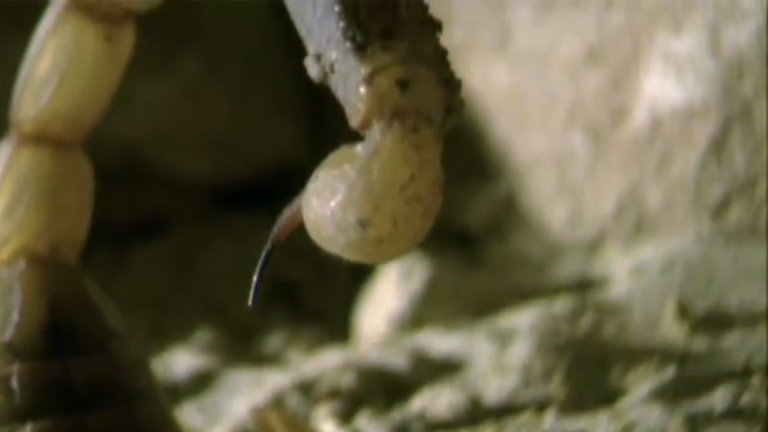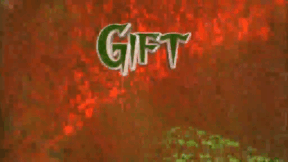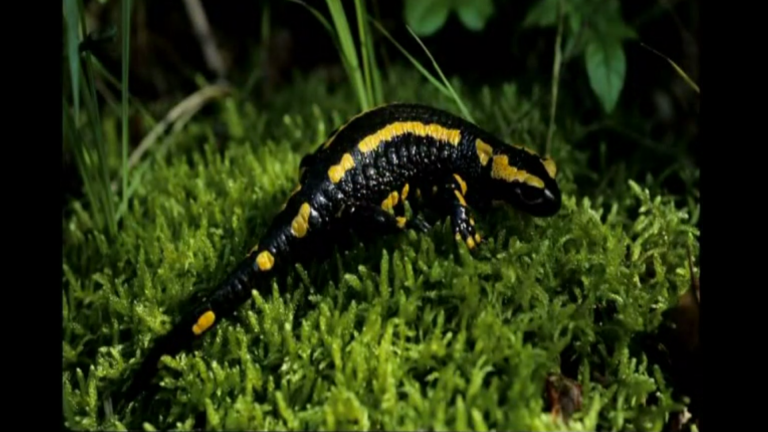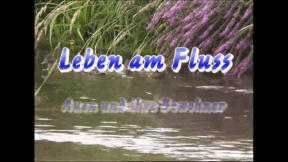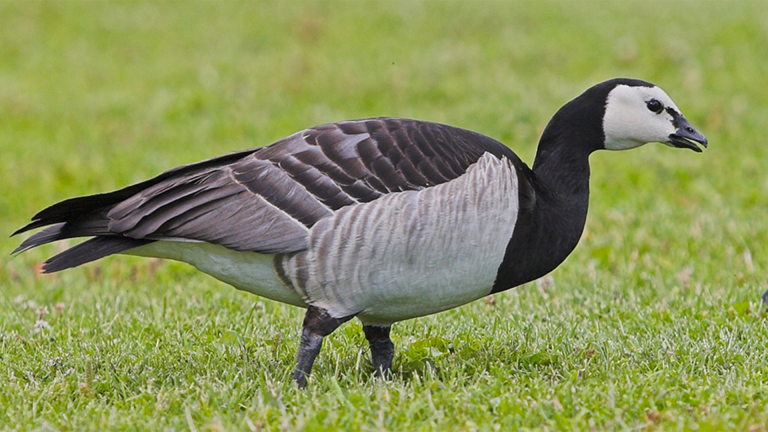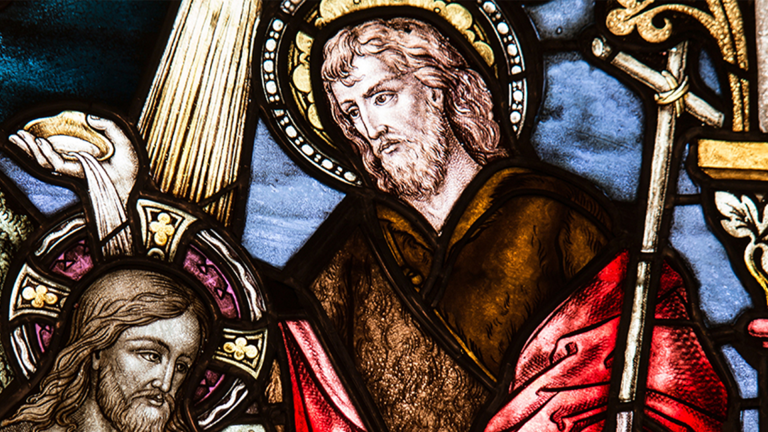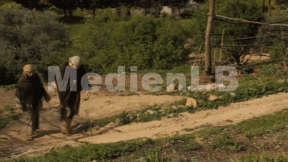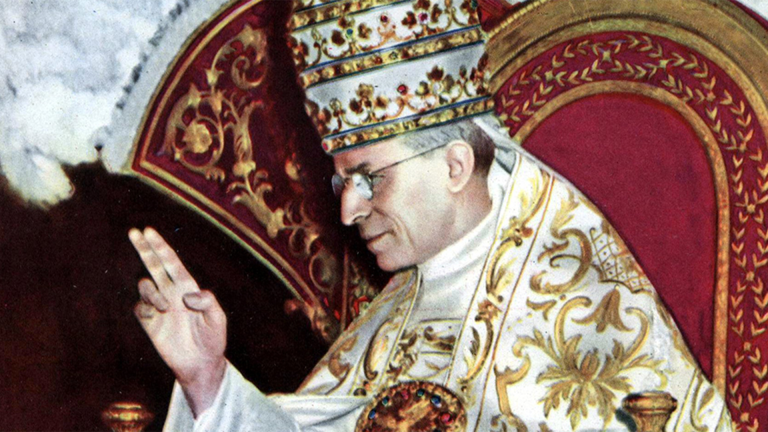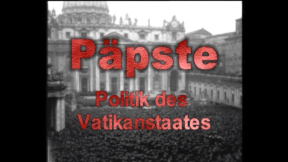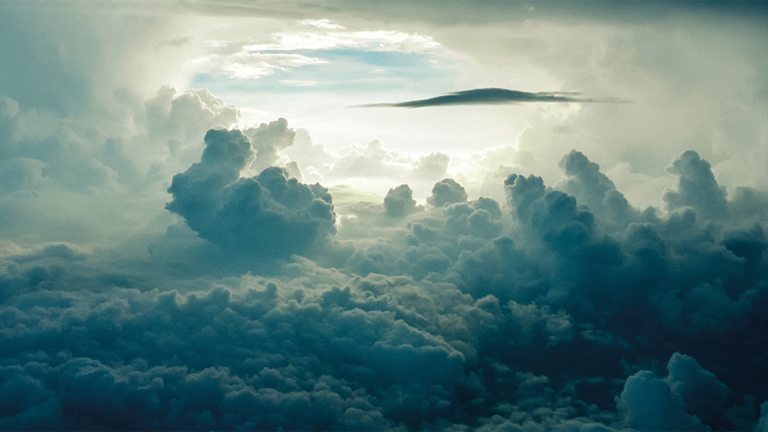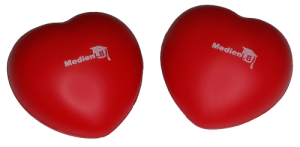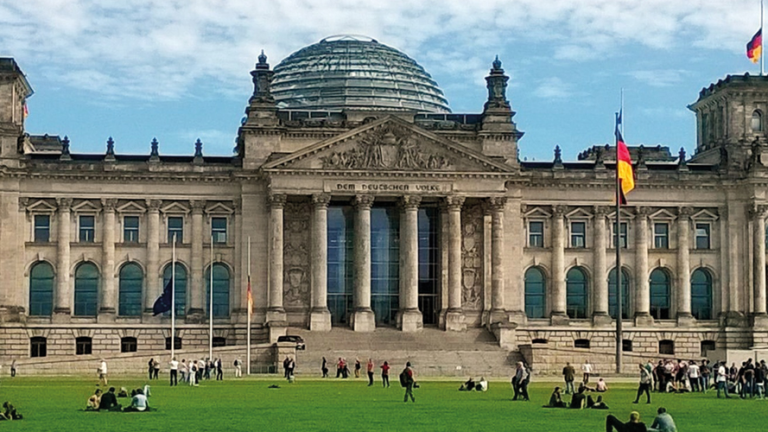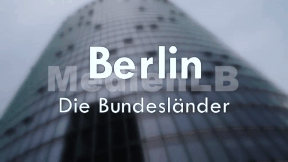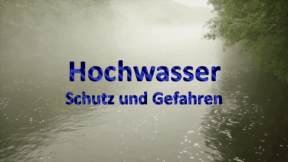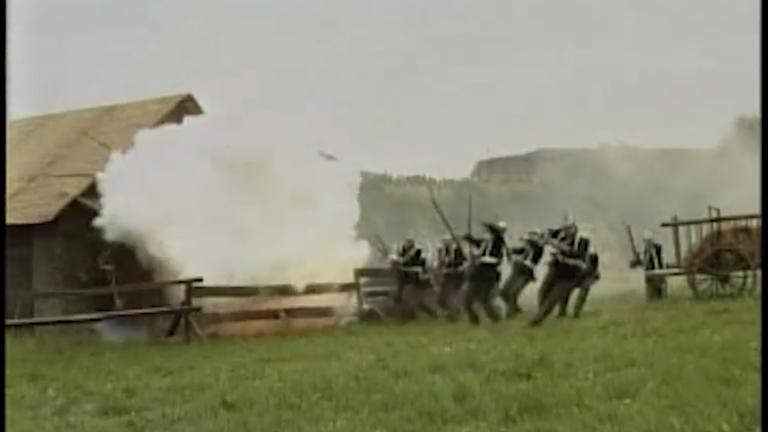Suche:
- # Artistry
- # Biology
- # Chemistry
- # Ecological
- # Economy
- # English
- # Foreign Language
- # Geography
- # German
- # Health
- # History
- # Informatik
- # Latin
- # Mathematics
- # Media Education
- # Music
- # Physics
- # Politics / Civics
- # Preschool
- # Primary School
- # Religion
- # Society
- # Sports
- # Technology
- # Training of Teachers
- # Vocational Education
Human Liver
Normally you do not feel it, it does not beat like the heart, neither can we feel it like the lungs when we breathe in and out – nevertheless, it is one of our most important organs: the liver.
Learn moreThe Ear
Large or small, narrow or broad, round or angular. Our ears may be of a variety of shapes.
Learn moreHabitats in Human Hands
Forests, hedges, heathlands or colourful meadows are the epitome of unspoilt nature for us.
Learn morePoison
Throughout history, humans have always tried to understand the mysterious power of toxins. In doing so, they sometimes discovered healing medicine, and sometimes lethal mixtures. This DVD treats the history and origin of poisons and their use by man. The most common and most dangerous known poisons are introduced. A journey into the body unveils the secrets of the deadly substances and shows how poisons work and why some kill slowly and painfully while others take effect suddenly and unexpectedly. Many plants and fungi produce life-threatening substances. But animal poisons are unparalleled in their effects. These ex- periments of nature also inspired human preparers of poison as well as healers. The most mysterious cases from history and nature could be re-opened. With the help of the new findings, new cures might be developed.
Learn moreLife along the River
Rivers are important ecosystems and habitats for plants and animals. The biodiversity of animals and plants in and on the water is enormous.
Learn moreMigratory Birds
Wenn Vogelarten die Jahreszeiten an unterschiedlichen Orten verbringen, werden sie als Zugvögel bezeichnet. Mehrere Milliarden von ihnen sind jährlich unterwegs. Alljährlich machen sie sich von ihren Brutplätzen auf den Weg in ihr Winterquartier und zurück. Dabei fliegen manche Arten Tausende Kilometer. Sie überqueren Gebirge, Ozeane und Kontinente. Es ist eine Reise voller Hindernisse und Gefahren. Wie finden Zugvögel punktgenau ihr Ziel? Sie haben mehrere Möglichkeiten: Mit ihrem inneren Kompass können sie das Erdmagnetfeld wahrnehmen. Wie sie das genau machen, weiß man noch nicht. Sie können sich aber auch am Stand der Sonne, der Sterne und anhand der Landschaften orientieren. Den Sonnenstand erkennen sie selbst bei bedecktem Himmel, da sie UV-Licht wahrnehmen. Durch Meeresbrandung entstehen tiefe, für uns unhörbare sogenannte Infraschalltöne. Auch danach können sich einige Vogelarten orientieren. Gemeinsam mit dem umfangreichen Unterrichts- und Begleitmaterial auf dem Datenteil der DVD ist der mehrsprachige Unterrichtsfilm bestens für den Einsatz im Unterricht geeignet.
Learn morePopes
1922, St.Peter’s Square in Rome, at the dawn of a new era. On 6th February 1922, Achille Ratti, Archbishop of Milan, is elected Pope Pius XI. He addresses the faithful that have gathered on the square that is still Italian back then.
Learn moreClimate Phenomena
Weather, atmospheric condition and climate must be clearly distinguished.
Learn moreFloods
Most of our earth is covered in water. Without water, no life. The water on our earth is in a constantly renewed global cycle. By evaporation the water gets into the atmosphere, by atmospheric circulation the evaporated water is further transported across long distances and returns to the earth as precipitation. Climate change, however, alters this hydrological cycle. Climate change intensifies the disparities in the global water supply and increasingly causes droughts and floods, respectively.
Learn moreCzechia
This DVD offers a clearly structured overview covering the following aspects: Situation in Europe, size and population, landscapes (Bohe- mia, Moravia), mountains (Sudetes, Sudeten Mountains, Ore Mountains, Bohemian Forest), rivers (Elbe, Vitava), the climate, history (short overview, traffic, transport and infra- structure, economic structure (agriculture, industry, mining and energy supply), tourism, car industry (Skoda), breweries (Budweis, Pilsen), spas, important cities and sights, capital of Prague, traditions, language, education, food and drink, culture and music. High-quality film clips and aerial shots, animated maps, histo- rical film scenes as well as original sound interviews give the pupils a comprehensive overview of the Czech Republic and its people.
Learn more



